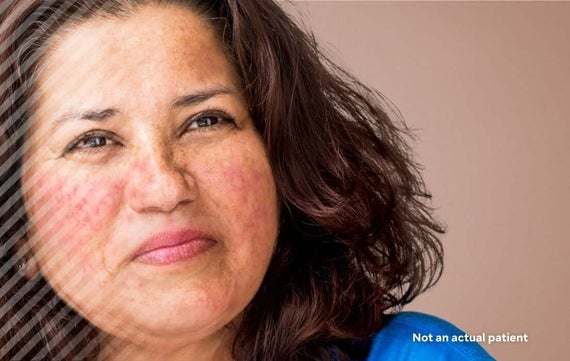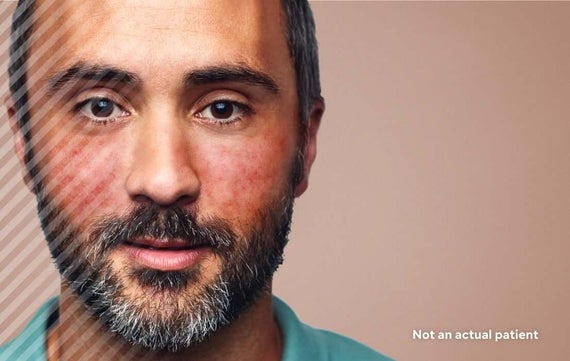Rosacea treatment
What are the treatment options for rosacea


Aim for “clear” skin through targeted treatment options and an adaptive lifestyle

Talk to your family practitioner or dermatologist about the available rosacea treatment options.
Your family practitioner or dermatologist will develop an individualized treatment plan with you tailored to suit your signs, symptoms, and treatment goals.
Once you have your treatment plan, use your rosacea treatment consistently as directed by your dermatologist and in line with the package leaflet.
Available rosacea treatment options
Prescriptions gels, creams or lotions
Creams, gels, or lotions that are applied to the skin to treat the redness, spots and bumps of rosacea.
Prescription oral treatment
Prescription oral treatment is available for different situations, including people who have severe rosacea, who don’t see results with topical therapy, or who find topical therapy irritating. In these cases, oral therapy in the form of tablets or capsules can be used.
Combination therapy
For those with severe rosacea, with multiple rosacea signs and rosacea symptoms, or who have not previously seen results with a single treatment, a combination of topical, oral, and/or physical treatments may be needed. Your dermatologist will discuss with you if this is the case.
Physical treatment
Laser and light treatments are used to improve the appearance of visible rosacea blood vessels, skin redness, and skin thickening. For extensive skin thickening, surgical procedures may also be needed.
Managing rosacea triggers

Understanding your rosacea triggers will mean that you can proactively manage and alleviate some of your rosacea symptoms.
Rosacea is progressive, so if your symptoms aren’t treated and your triggers aren’t managed, they may worsen over time. Identify your triggers below and keep track of them to help you minimize rosacea flare-ups.
“Identify your triggers” factsheet
Find out about your treatment options
Talk to your family practitioner or dermatologist to find out more about your available treatment options. Use the personalized rosacea appointment guide to take with you to your next visit to help you in your discussions.


References
Buddenkotte J and Steinhoff M. F1000Res. 2018;7:1885; DermNet NZ. Rosacea: Symptoms, Causes, and Management. 2022. Available at: https://dermnetnz.org/topics/rosacea. Last accessed: July 2022; Huynh TT. Am Health Drug Benefits. 2013;6(6):348-354; Schaller M, et al. Br J Dermatol. 2020;182:1269–1276; Taieb A, et al. Br J Dermatol. 2015;172:1103—1110; Tan J, et al. Br J Dermatol. 2017;176: 431-438.